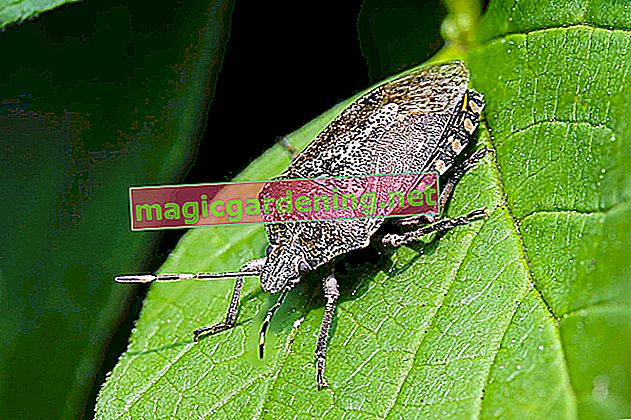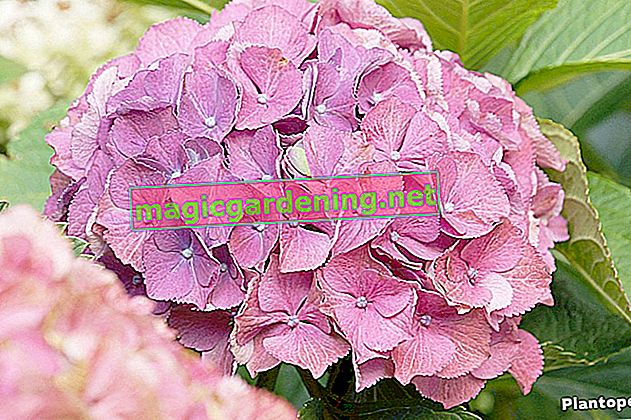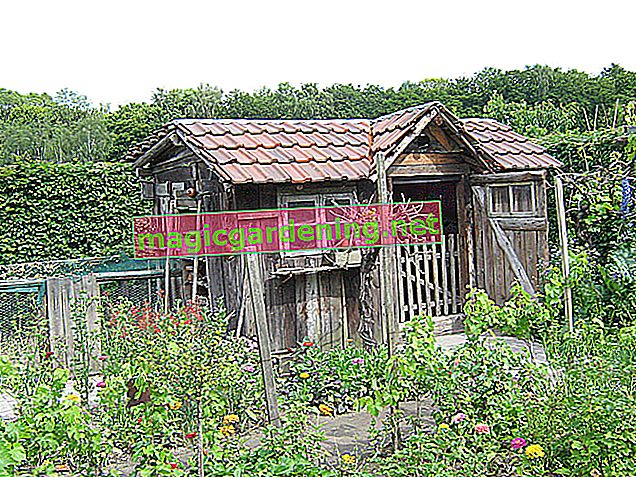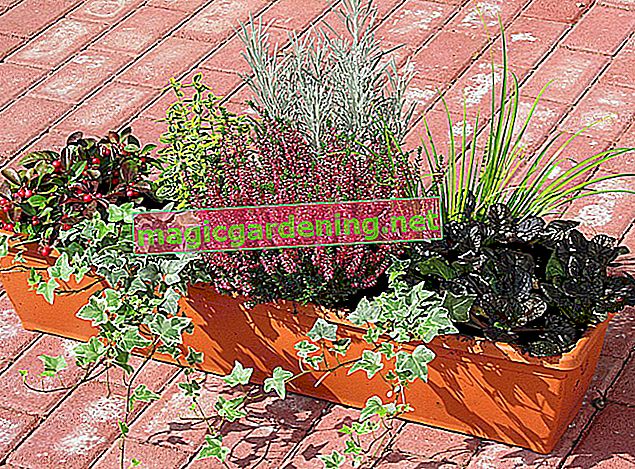
Diagnosing black spots
The disease occurs primarily after wet and cool summers and is very easy to diagnose: The rose petals initially show isolated, later more and more round, black-brown leaf spots. As the name of the disease suggests, these have a radiant edge. Around the large, quite irregular spots, the leaves usually turn yellow. The infected leaves turn yellow at first and then fall off completely. With a strong infestation, the rose can lose almost all of its foliage and thus be immensely weakened. For this reason, the fungus should be treated as soon as possible, because in the worst case, non-treatment can even lead to the death of the rose.
also read
- Powdery mildew, star soot, rose rust - the most common leaf diseases on roses
- Recognize and fight rose diseases
- Rose diseases: prevent them in good time in early spring
How can you effectively fight blackened soot?
When it comes to control, you do not need to hope for winter, because the fungal spores overwinter in the rose leaves and thus ensure a renewed infection in the next year. Therefore, infected leaves must be removed immediately and disposed of with household waste, including those on the floor. Rake up fallen leaves thoroughly and in no case do not throw them on the compost - that would just create a new source of infection. Many advisors recommend fungicides, i.e. chemical fungicides, to combat it. As a rule, however, these are not necessary at all - at least if you noticed the infestation early on - and they also have a negative impact on the natural balance in the garden. Natural, self-made pesticides based on field horsetail,Comfrey or garlic is very effective.
Prevent soot buildup sensibly
These agents - above all the field horsetail broth - can also be sprayed preventively in order to prevent an infestation before the leaves emerge. This measure should be carried out in the spring, when the leaves are just beginning to unfold. Spray the roses several days in a row, but it should be dry and moderately mild. You can also prevent soot build-up through good ventilation of the rose - thanks to an optimal location, the correct planting distance and regular pruning - as well as balanced fertilization.
Tips
Plant garlic and other bulbous plants (such as ornamental onions) around the rose, as these have a deterrent effect on pests and also disinfect their surroundings.








